You know the deal: It’s not TV, it’s HBO.
But ever since HBO rebranded to Max, guess what? You can call it TV again, and nobody can stop you.
We’re here to round up some of the best TV shows available to watch on Max. More than enough people have likely already extolled to you the virtues of The Sopranos, The Wire, Deadwood, and Game of Thrones. (If not, where have you been?) Consider this a supplementary list. A Max 2.0, if you will.
For more great TV, check out lists of the bests shows of 2022 and 2023, which include many selections on Max.
Fringe
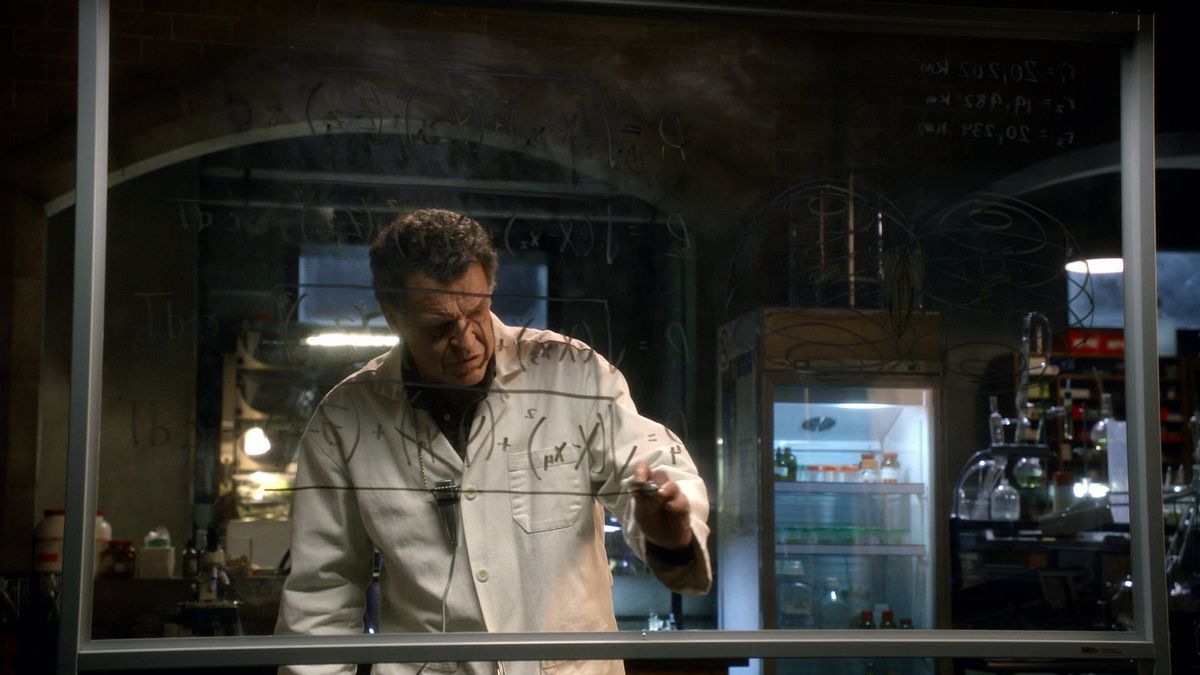
Back in 2008, J. J. Abrams, Alex Kurtzman, and Roberto Orci launched a series that was intended to be spiritual successor to The X-Files by way of Lost. Over the course of five seasons, Fringe became that and so much more: a cerebral procedural drama about urban legends, parallel universes, anomalous oddities, and a beleaguered mad scientist’s long quest for redemption.
The series centers on Olivia Dunham (Anna Torv), an FBI agent assigned to investigate unexplained phenomena related to a mysterious series of occurrences known simply as “The Pattern.” With the help of a Department of Homeland Security consultant (Joshua Jackson) and his eccentric father (John Noble), a brilliant yet troubled researcher known for his speciality in the field of “fringe science,” Dunham is tasked with unmasking the culprits responsible for these strange phenomena and bringing them to justice.
The series overcame multiple threats of cancellation and precipitously declining ratings to amass a passionate cult following, all while delivering one of the most complex and emotionally moving storylines seen in a mainstream sci-fi TV drama. Featuring guest appearances from such lauded sci-fi icons as Leonard Nimoy and Peter Weller and an absolute standout supporting performance by the late Lance Reddick as Fringe Division director Phillip Broyles, Abrams and company’s show is an enduring series worthy of reappraisal and admiration. —Toussaint Egan
Unicorn: Warriors Eternal
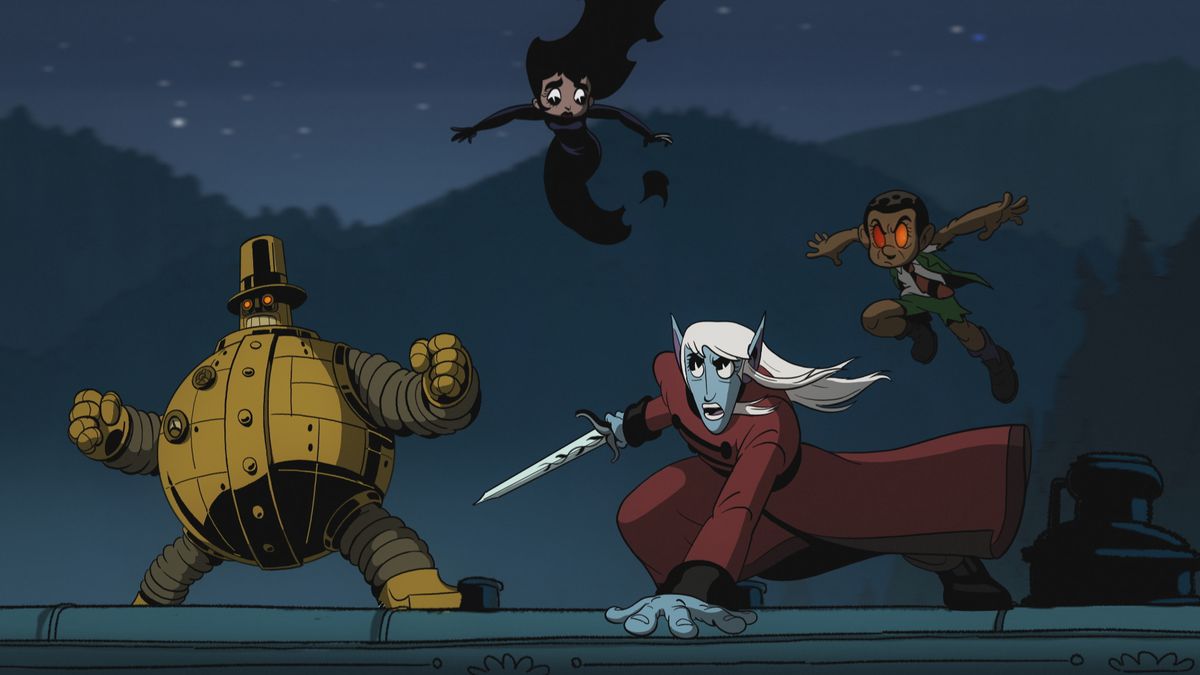
What do you get when you combine Arthurian legend, the “rubber hose” art style of Osamu Tezuka and Max Fleischer, and the determination of one of the most successful American animators of the past 20 years? You get Unicorn: Warriors Eternal, of course — the passion project of director Genndy Tartakovsky and writer Darrick Bachman set in a Victorian steampunk world.
The series follows a trio of immortal warriors: Melinda, a powerful sorceress; Seng, a cosmic monk; and Edred, a warrior elf, who are reincarnated across several generations by the wizard Merlin to fight an unending battle against an ancient evil. Upon realizing her destiny as the latest reincarnation of Melinda, a young bride-to-be named Emma Fairfax sets off in search of how to get her old life back while fending off the droves of malicious henchmen her reawakening has brought about.
Brilliantly animated and exquisitely original, Unicorn: Warriors Eternal is without a doubt one of the best animated series Max has to offer. Both Tartakovsky and Bachman have expressed interest in exploring the world of Unicorn more in future installments. Only time will tell if that comes to fruition, but one of the best ways to help ensure that it does is by watching the entire series in full. You won’t regret it. —TE
Banshee
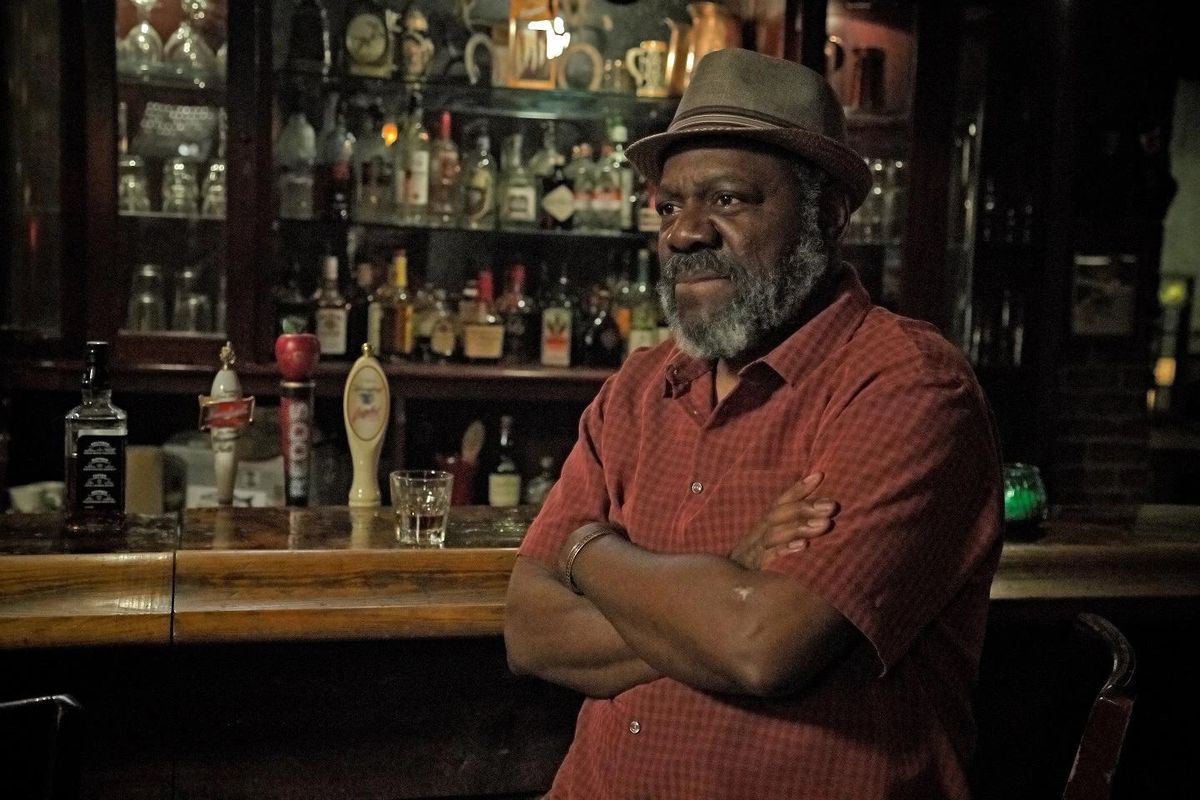
Like Antony Starr in The Boys and Warrior on Max? Have I got some good news for you!
Warrior creator Jonathan Tropper’s first show, Banshee, follows an expert thief recently freed from prison who accidentally becomes the sheriff of a small fictional Pennsylvanian town.
It’s a perfect fish-out-of-water setup for a great lead performance, and Starr is fantastic, carrying this show much like he does The Boys. It’s also one of those shows that falls in between the era of serial television and the era of “10-hour movies,” and the mix often gives Banshee the best of both worlds, as Starr’s Lucas Hood uses his unconventional background and skills to be a very different kind of sheriff. Not everything works in the show — some of the plotlines are more thought through than others — but it’s a consistently good time anchored by a great premise and a fantastic leading performance. —Pete Volk
Batman: The Animated Series
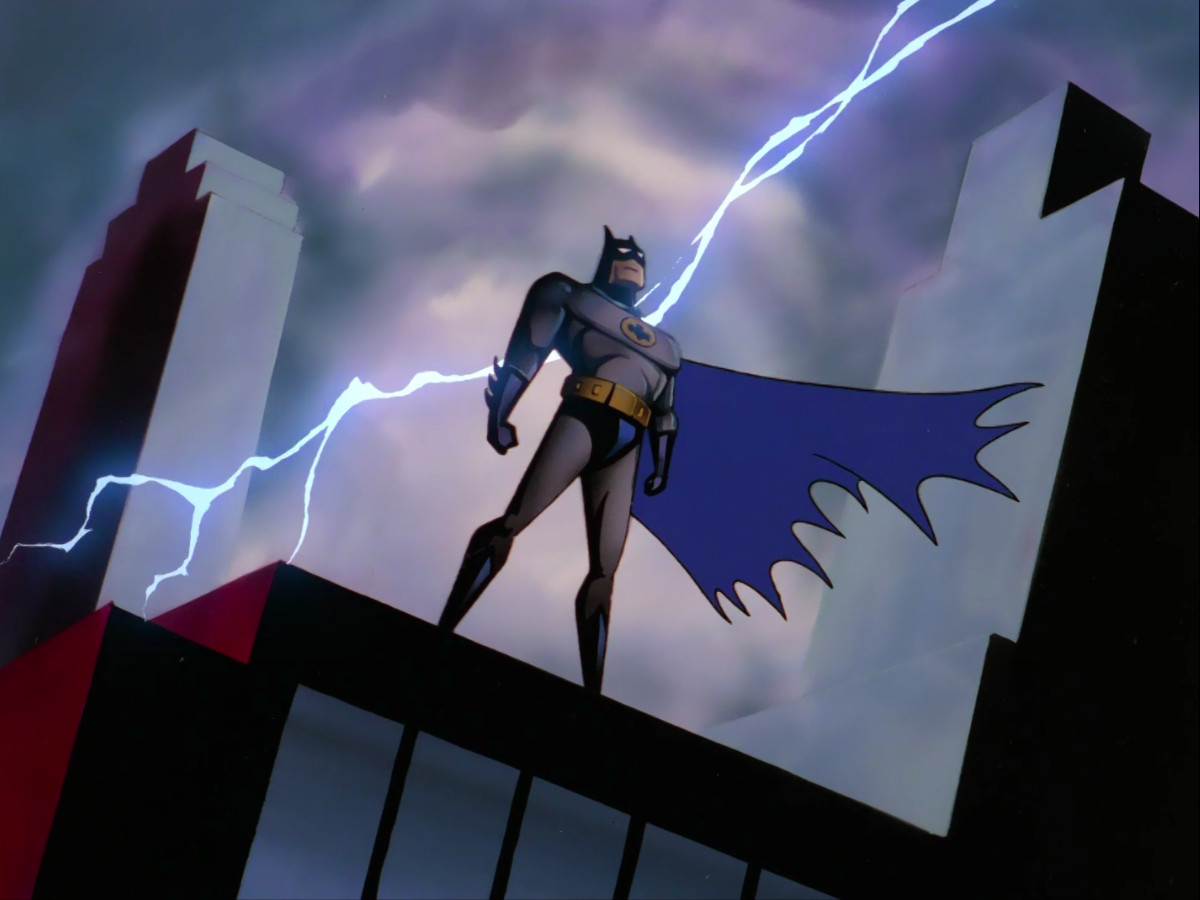
My love for Batman: The Animated Series is a well-established public fact.
Bruce Timm and Eric Radomski’s seminal 1992 reinvention of the Dark Knight changed American animated television forever. Set in an anachronistic 1950s vision of Gotham City, the show follows billionaire playboy Bruce Wayne/Batman, of course, but also a rogues’ gallery almost as large as his arsenal of gadgets and vehicles.
The dark color palette and art deco aesthetic is as much a revelation to behold now as they were over 30 years ago. The series’ writing delivered some of the more memorable and defining stories related to Batman’s various nemeses, while also inventing its own enduring original character in the form of Harley Quinn, the paramour and sidekick to Batman’s adversary the Joker. There’s too much to say about Batman: The Animated Series to fit into only one article, let alone one blurb. To say that it is one of the best series to watch on Max is an understatement; it’s practically a prerequisite. —TE
Veep
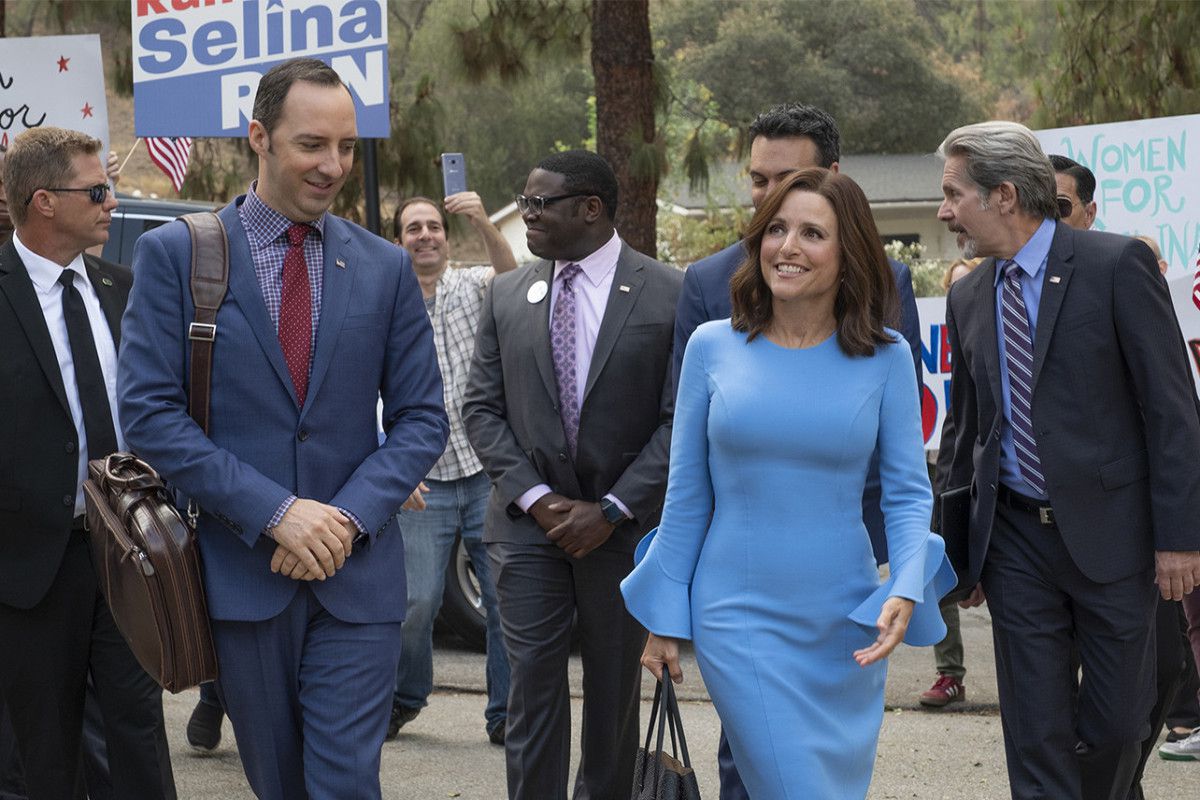
For every profession, there’s a TV show that makes people who work that job go, Yeah, that’s the one that got it really right. When watching Veep, the insult-filled comedy about a dysfunctional vice president and her dysfunctional staff, it won’t bring you comfort to know that it’s the show most D.C. insiders nod along to as the best reflection of their life. But the genius of Veep is you can put that out of your mind for a spell; you’re laughing too hard to care.
In Veep, you can see the roots of big shows to come: Succession and its insult comedy, the comedy of errors of Barry. But Veep is singular because it is just always fucking on. Where most shows are finding themselves in the first season, Veep confidently charges out with guns blazing and F-bombs flying. And it only gets stronger from there. As you watch, and you inevitably remember that this is how our elected officials (at the very least) feel they should be reflected, it might seem terrifying. Then again, in a way it makes sense; Occam’s razor tells us the simplest explanation is often the right one. And that’s the same ethos that makes Veep’s comedy so cutting — these are the simplest people, doing the simplest mismanagement you can imagine. At least here, it’s funny. —Zosha Millman
Watchmen
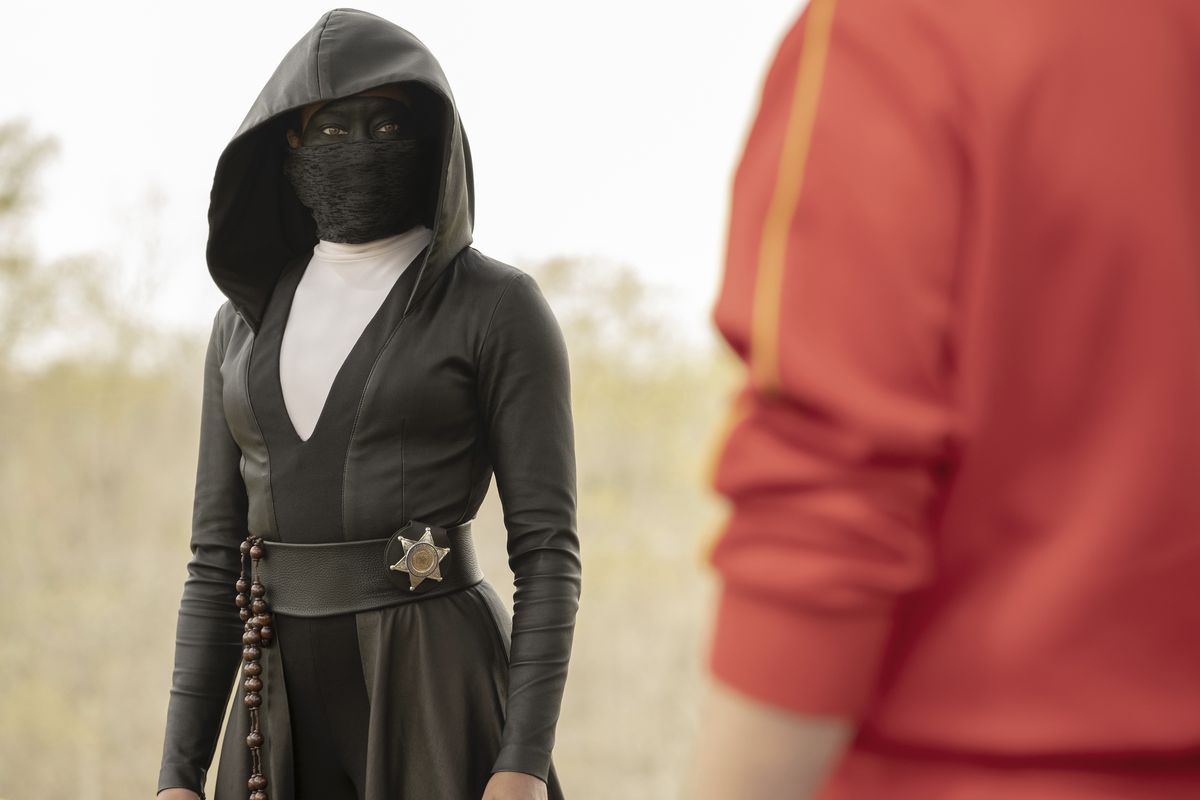
People have a lot of opinions about Watchmen. One of the more popular ones is that no one should bother adapting or expanding on it, and they are, generally speaking, right. Damon Lindelof’s sequel/reinvention of Alan Moore and Dave Gibbons’ acclaimed comic appeared about as ill-conceived as every prior attempt to revisit Watchmen, and Lindelof even seemed apologetic about attempting the same. How lucky we all are that he did: HBO’s Watchmen was dazzling, a nine-episode limited series that took the superhero metaphor to uncharted territory, turning a deconstruction of superheroes into a stylish contemplation of American power and racism. Violent, funny, and surprisingly moving, HBO’s Watchmen lures you in the same way the comic did: A man is found dead, and that death exposes a conspiracy that threatens to unravel the entire world. —Joshua Rivera
I May Destroy You
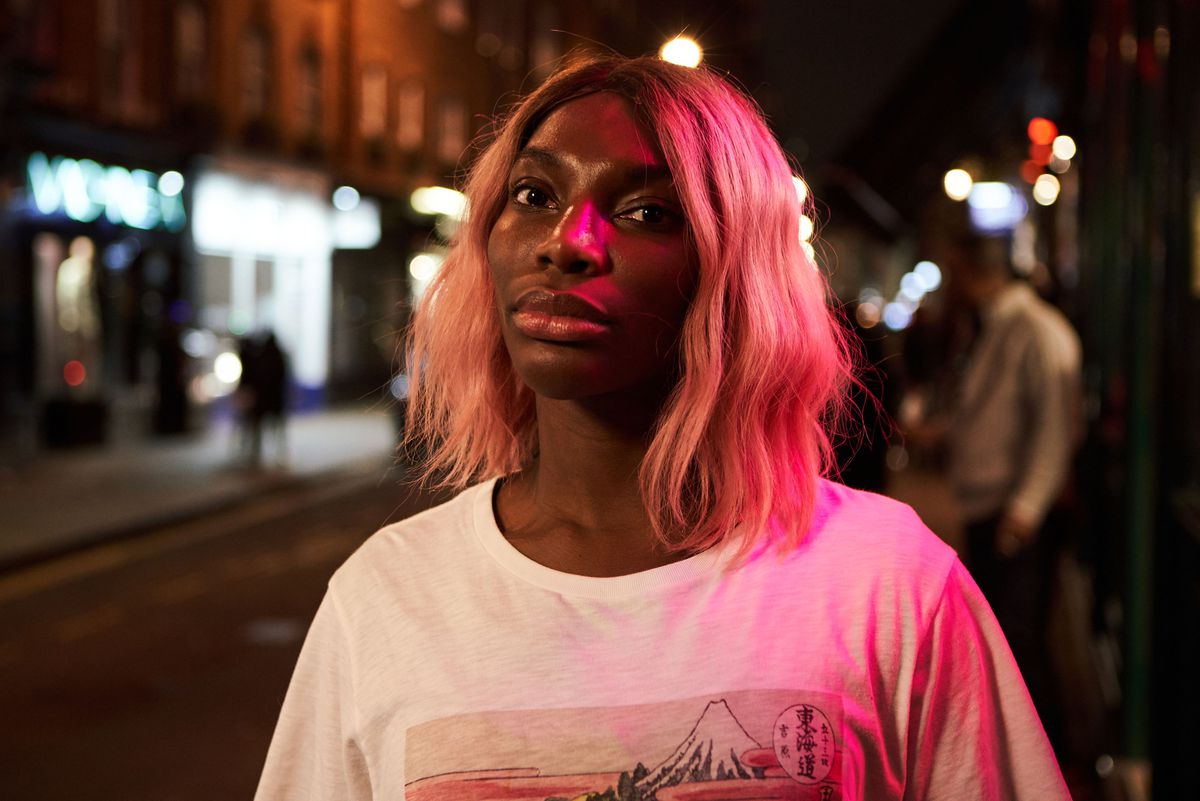
Michaela Coel’s searing black comedy follows Arabella, an author with a viral success under her belt and a terrible case of writer’s block keeping her from her next one. When Arabella blacks out following a night with friends at the pub, she learns that she was raped, and attempts to reconstruct the night as best she can. What begins with abject horror grows — thanks to Coel’s incredible performance and razor-sharp writing alongside co-writer Sam Miller — to become a morbidly hilarious, compassionate portrait of modern womanhood, where violence is an occupational hazard of being alive and surviving trauma becomes a marketable asset. I May Destroy You is remarkable for the tonal tightrope it walks but also its unsparing eye, which lets no one — not the audience, nor its characters — off the hook when it comes to its most biting satire or devastating blows. —JR
Starstruck
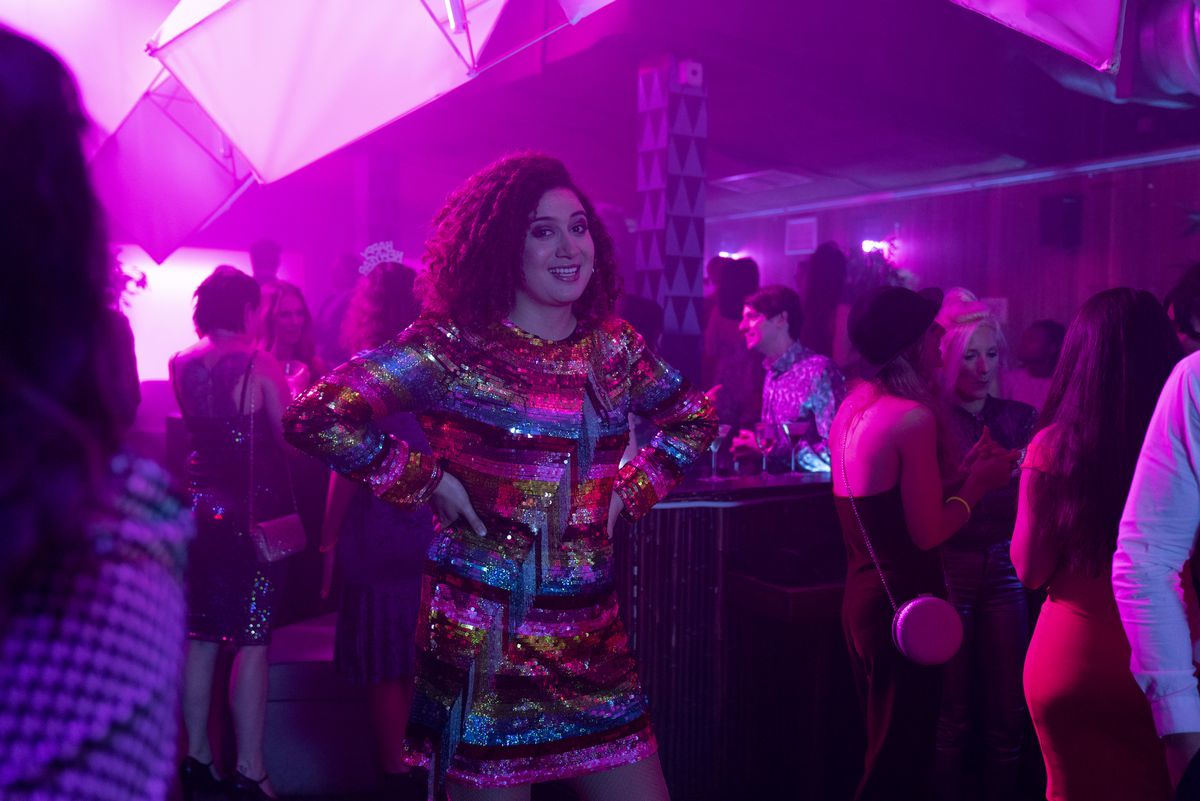
A rom-com about Jessie (Rose Matafeo) — an unassuming Kiwi woman living in London, where she works at a movie theater — and Tom Kapoor (Nikesh Patel), the actor and movie star that she keeps running into and falling in love with, Starstruck makes charm look easy. Like most romantic comedies, a lot of this is due to Matafeo and Patel’s easy chemistry, as both play characters with a naturalism that makes the unlikeliness of their relationship less of a big deal and more of a big complication. It is just hard to get involved with someone whose whereabouts are news, which forces the 20-something Jessie to be way more decisive than any 20-something is about anything. Starstruck is, at least in part, a rom-com about how many good romances are ones that nearly don’t work out, and its old-school screwball approach to modern love makes it feel both specific and timeless. —JR
Station Eleven
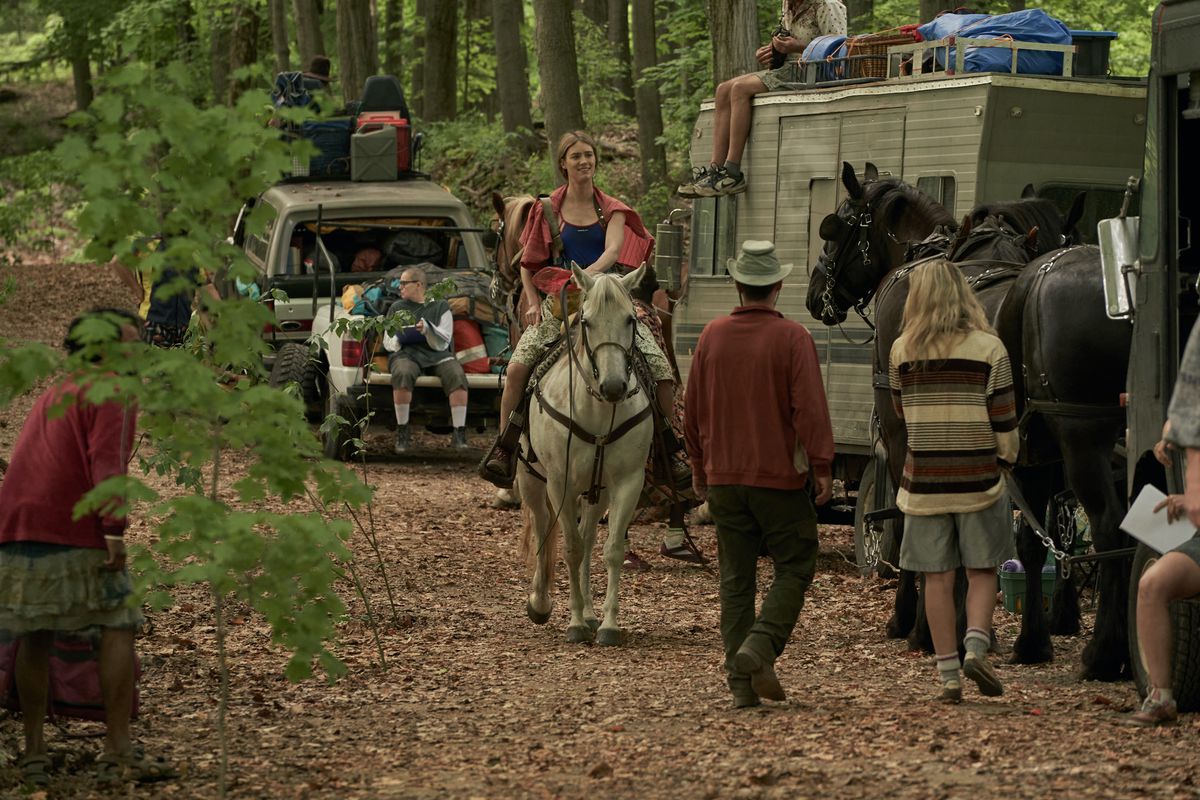
Look: If you’re going to watch one pandemic show, you should make it Station Eleven. The story itself is simple: In a world where a flu-like pandemic wiped out the bulk of civilization, Kirsten (Mackenzie Davis) leads a traveling theater troupe in the Great Lakes area. A run-in with a dangerous wanderer makes her revisit her past, and stare down a dangerous future.
Like a lot of HBO shows, Station Eleven tells its story by braiding individuals and their stories together. Through the various perspectives and players of the story, Station Eleven builds something new: a treatise on the value of art, the things that stick with us, and the people we choose to keep in our hearts, whether for reasons happy or sad. Without being too preachy, the show breaks free of mere COVID-19 relevance. What makes Station Eleven a relevant watch isn’t what makes it a powerful one. What we carry through the pandemic isn’t all we’ll take away. —ZM
The Leftovers
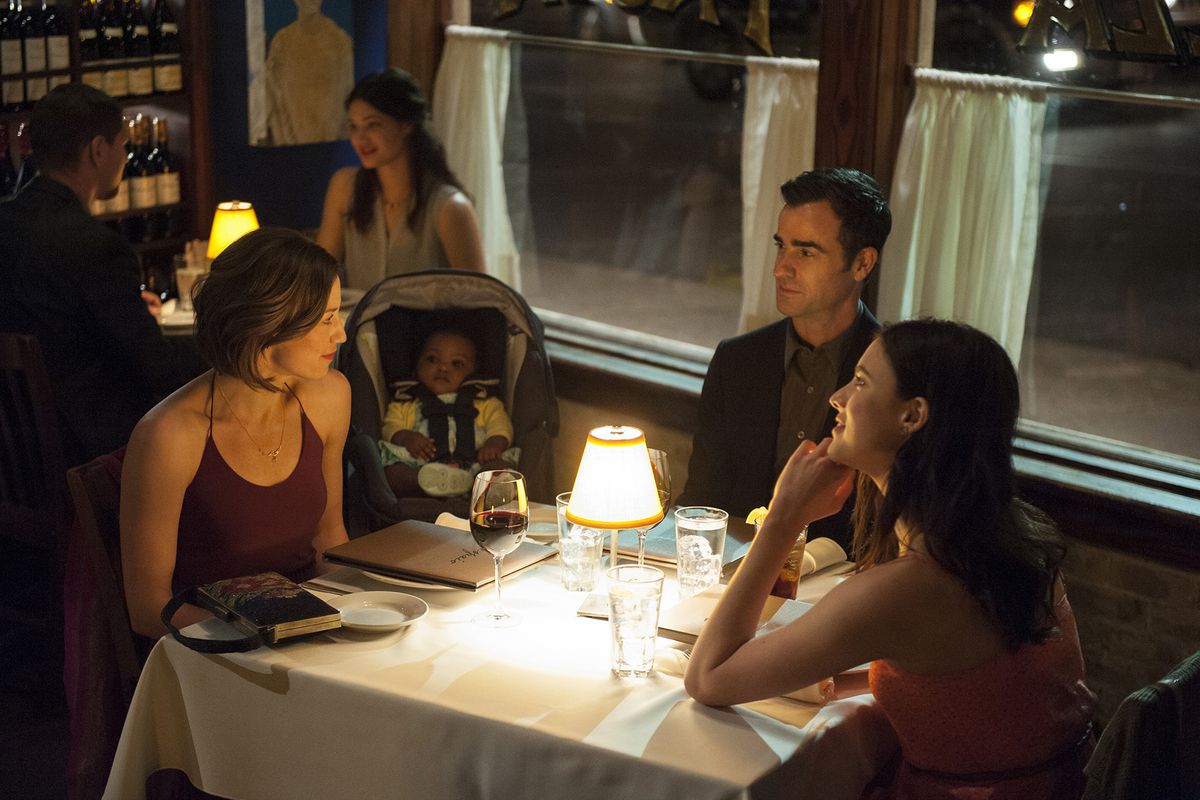
The show kicks off a few years after 2% of the population has vanished. Not a fiery rapture, nor a giant robot plucking a few people off the face of the planet before life goes on. No — this is more like a quiet missing, the sort of act that’s confounding just for how sudden it is, and all the more so when the world keeps spinning. Such trauma is total disorientation for everyone in The Leftovers, whether they like it or not. The world has been rocked, and as some try to hold on to their old way of life, others want to get as far away from it as they can.
And so The Leftovers (and everyone in it) spins out from there. Like so much of modern media, The Leftovers is “about” “grief.” But as it kaleidoscopes out and picks out one character or another to focus an episode around, it tells a story much more heady and richer than so many other tales of grief and coping. And as it goes on, The Leftovers grows more bold, more mysterious, until reaching its final chapter, an all-timer of a finale. Each of these chapters and characters is its own fault line, but in The Leftovers, you never know when things will come tumbling down. —ZM
Adventure Time
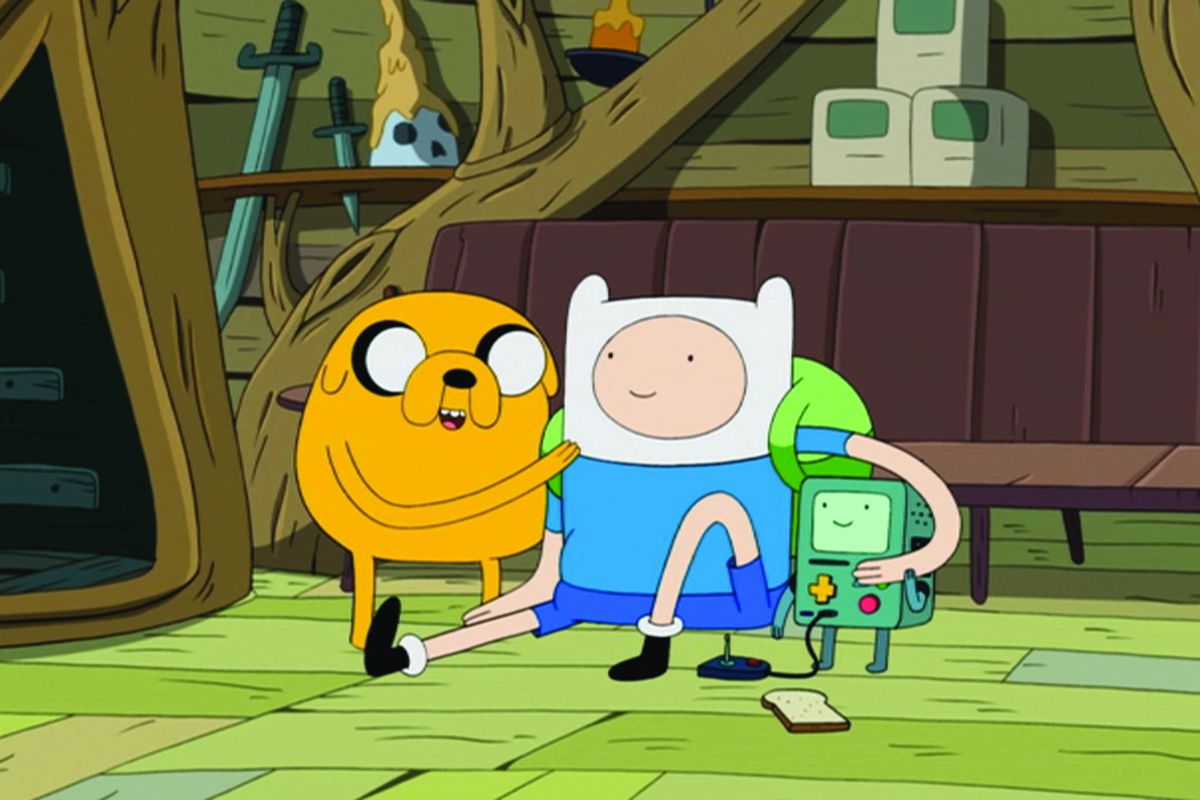
I’ve recently rewatched Adventure Time for the second time, and I’m happy to report it still holds up even as you continue to age out of its target demographic.
The tales of Jake the Dog, Finn the Human, and the rest of their colorful friends and foes deftly move between silly humor and intense drama in ways few other shows have. While ostensibly a children’s show, Adventure Time isn’t precious with its audience: It isn’t afraid to delve into serious topics (the finale remains a remarkable feat, using the end of a long-running show as an allegory for grief), tell complex stories and jokes, or throw in a few real scares.
That’s all packed into a story with a massive scope, told in bite-size episodes as hilarious as they are moving. And the show looks good while it’s doing it, consistently pushing itself and the medium to find new ways to express itself. That’s how Adventure Time can be an excellent show for children that also gained a dedicated fandom of adults: It’s just That Good.
When you’re done with Adventure Time, the post-finale specials Distant Lands and the new spinoff Fionna and Cake are also on Max and worth your time. —PV
- SEO Powered Content & PR Distribution. Get Amplified Today.
- PlatoData.Network Vertical Generative Ai. Empower Yourself. Access Here.
- PlatoAiStream. Web3 Intelligence. Knowledge Amplified. Access Here.
- PlatoESG. Automotive / EVs, Carbon, CleanTech, Energy, Environment, Solar, Waste Management. Access Here.
- PlatoHealth. Biotech and Clinical Trials Intelligence. Access Here.
- ChartPrime. Elevate your Trading Game with ChartPrime. Access Here.
- BlockOffsets. Modernizing Environmental Offset Ownership. Access Here.
- Source: https://www.polygon.com/what-to-watch/23870121/best-tv-shows-series-max-watch



